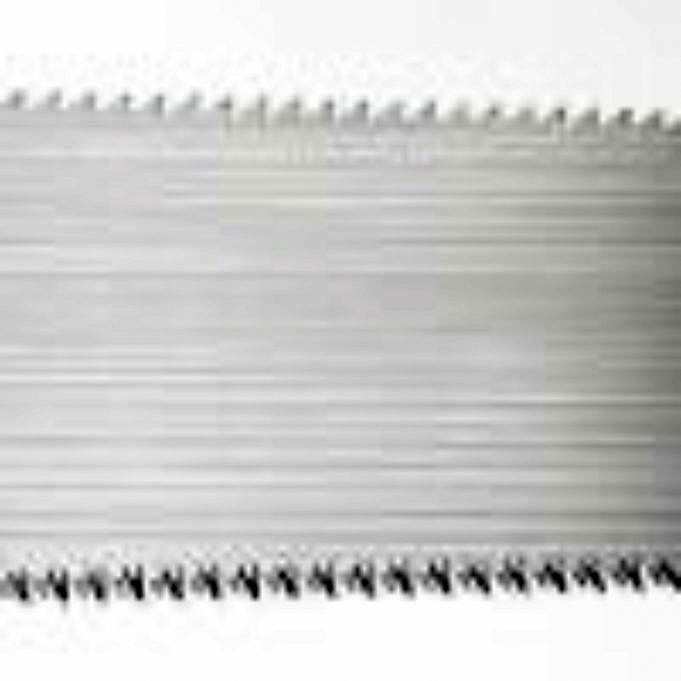This is a great way to save time researching various types of blades. This information is easy to understand and you can quickly decide the right type of blade for your project.
What are the differences between crosscut and rip saw teeth patterns?
Crosscut teeth can be used to cut against or across the grain of wood. They require a smooth surface in order to complete the cut effectively without becoming stuck. Because crosscuts are not designed to work on dense materials such as hardwoods, the length of each blade is usually longer than that for rip blades.
As you might have guessed, a rip saw tooth pattern is for cutting with the grain. The teeth have a shorter length and slant slightly outward. Theyre designed to cut along a row of wood fibers rather than down into the material. Rip blades also work well for cutting through dense materials because they wont get stuck in the wood.
Crosscut blades create smooth surfaces on both sides where you cut. They can be used on any side of the lumber, if needed. The rip blade cuts only one side, so it will need to be used on both sides. That means that there is more waste when using a rip blade because not all materials can be used across or and down like plywood.
How can you decide which saw type to use for a specific cut?
Theres no easy answer to this question. Every project is different, and it depends on what type of wood youre using and the quality of the cut you want. You should carefully consider all options when choosing the right saw blade for your project. Both crosscut and rip blades will work well depending on what job you are doing.
If you are dealing with a large project, then it might make sense to use crosscut blades for the initial cuts because they can prevent any tear-out from happening. In smaller projects, its easier to control your cuts, and blade selection doesnt matter as much.
In addition to these overarching considerations, rip or crosscut blades should also be chosen based on the type of wood that youre working with. For example, maple is usually a dense hardwood so a crosscut blade would give a good quality cut without getting stuck in the material. Pine is a softwood and wouldnt require anything super heavy duty or special to get through its fibers, meaning that either type of blade would do just fine.
Is it possible to use a circular saw instead of a tablesaw?
You can get the best cuts possible on your projects by using the right tools. For this job, table saws are the best choice. A circular saw has a much more difficult time getting through denser materials like hardwood because its not as powerful as a table saw.
If you dont need to rip or crosscut lumber too much, then using a circular saw instead might be an option. But if you constantly find yourself needing those two specific functions, then it would definitely make sense to invest in the necessary tools that would help save time and hassle!
What are some tips for using each type of saw correctly?
The best way to get a smooth cut is by making sure that the lumber youre cutting will fit into your saw. It is a good rule to leave at least 3/10cm between the wood and the blade. This ensures that there isnt anything preventing your material from getting pushed completely through the blade during cuts, which would cause rough edges or tear-out to occur.
This all depends on the width of your crosscut or rip blades. Always check your equipment before using it just in case something has shifted out of place over time even if you havent used it for months or years.
Rip blades tend to work better with materials over 5 cm wide because the teeth are spaced further apart. This decreases the chance of anything getting stuck in between teeth, which can lead to more tear-out happening with thin materials like plywood.
Youll want to adjust your blade height based on what youre cutting through so that you dont accidentally cut into something that was underneath or above it. Crosscut blades have a maximum tooth size of 1/41 cm. Rip blades typically have a tooth size of 1/20 cm. If you are working with 2x4s, your saw should not be higher than 18 or 20 cm for either type.
Conclusion
Crosscut saw teeth are the best choice for ripping through lumber. The combination of sharpness and angle make them perfect for slicing into the wood, whereas rip saw teeth can quickly become dull and ineffective. If youre looking for a saw that will make quick work of your next project, be sure to choose a crosscut model.



